Buttons, Badges & Pins - People Power Blog
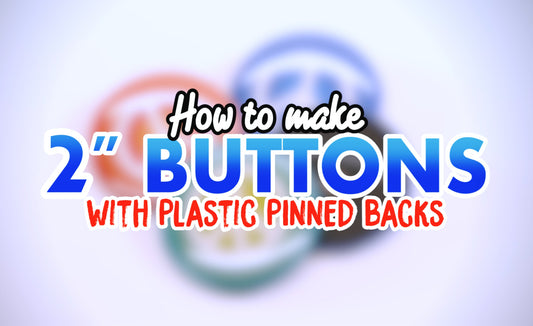
Standard 2" Buttons: What's up with the Plastic...
If you've ever looked into getting a Standard 2" Round Button Maker, you may have noticed that the 2" Pinned Back is a little different than every other size of...
Standard 2" Buttons: What's up with the Plastic...
If you've ever looked into getting a Standard 2" Round Button Maker, you may have noticed that the 2" Pinned Back is a little different than every other size of...
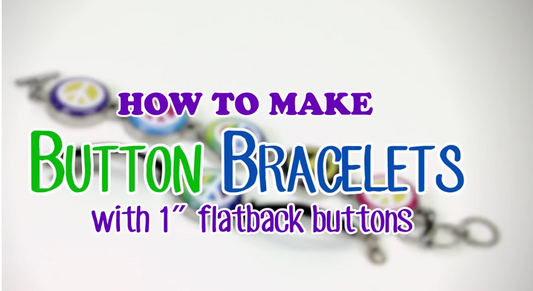
Video: How to Make DIY Button Bracelet Charms
In a recent post, we featured Magnetic Button Bracelets with 1" Flatback Button Charms. There are plenty of Charm Collections available for all of our magnetic jewelry, but it's so...
Video: How to Make DIY Button Bracelet Charms
In a recent post, we featured Magnetic Button Bracelets with 1" Flatback Button Charms. There are plenty of Charm Collections available for all of our magnetic jewelry, but it's so...
Button Making Business: Convention Tips from a Pro
Fan conventions seem to get bigger every year and art buttons are one of the hottest artist alley sellers. Whether you are ordering custom buttons made with your artwork or...
Button Making Business: Convention Tips from a Pro
Fan conventions seem to get bigger every year and art buttons are one of the hottest artist alley sellers. Whether you are ordering custom buttons made with your artwork or...
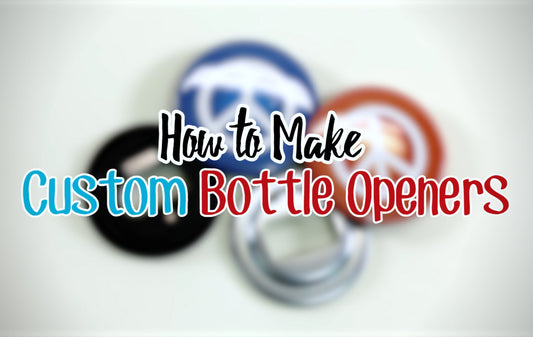
Make Your Own Button Bottle Opener on a 2-1/4" ...
There are lots of neat things that can be made on a Standard 2-1/4" Round Button Maker. This How-To Video show you Step-By-Step How to Make Custom Button Bottle Openers...
Make Your Own Button Bottle Opener on a 2-1/4" ...
There are lots of neat things that can be made on a Standard 2-1/4" Round Button Maker. This How-To Video show you Step-By-Step How to Make Custom Button Bottle Openers...
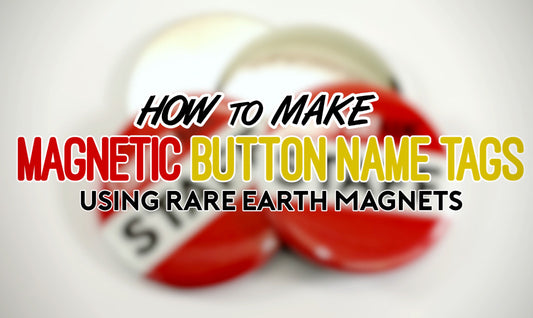
New Video: How to Make Magnetic Button Name Tags
We get lots of inquiries about how to make Magnetic Button Name Tags that you can wear without putting a hole through your clothing. They're a great pinback button alternative...
New Video: How to Make Magnetic Button Name Tags
We get lots of inquiries about how to make Magnetic Button Name Tags that you can wear without putting a hole through your clothing. They're a great pinback button alternative...
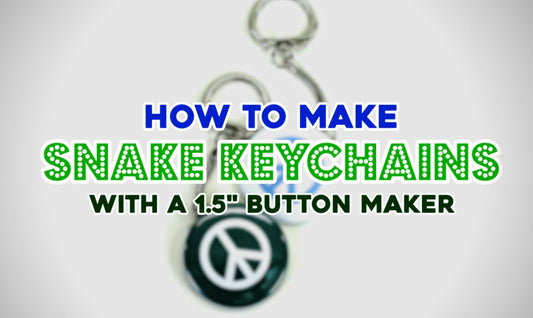
Keychains Two Ways: Learn how to make Split Rin...
Button Keychains are practical, easy to make, and come in lots of different styles and sizes to suit any taste. Button keychains allow you to take a special picture with...
Keychains Two Ways: Learn how to make Split Rin...
Button Keychains are practical, easy to make, and come in lots of different styles and sizes to suit any taste. Button keychains allow you to take a special picture with...
